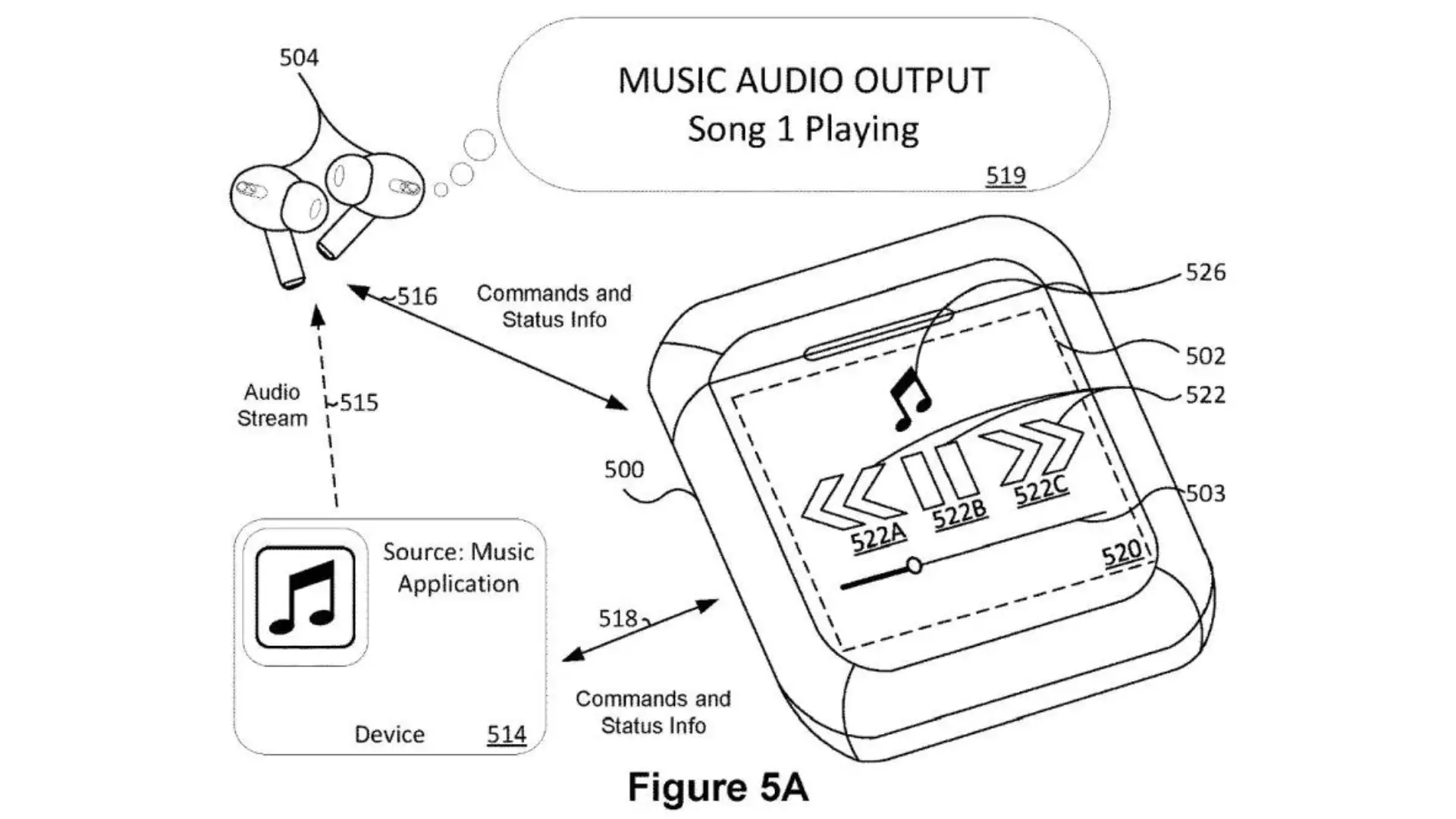Google Assistant Pivoting to Generative AI: A New Shift in Voice Assistance

Google Assistant, as an AI-powered virtual assistant software, has been primarily functioning in a reactive and task-specific manner. Users often interact with the Assistant to obtain information or perform predefined tasks such as setting reminders and answering factual questions. However, Google is now stepping towards utilizing generative AI to advance its virtual assistant, according to a report from Axios.
Generative AI is a type of artificial intelligence that can create new content or suggest actions based on the context and user input. Instead of being limited to predefined responses or functions, generative AI can learn and adapt, creating more human-like interaction experiences. This enables Google Assistant to be more flexible, engage in more sophisticated and personalized conversations, and better understand the user’s intentions and needs.
The integration of generative AI adds another layer to Google Assistant’s capabilities, making it an even more powerful tool in the fast-evolving world of AI-driven virtual assistants. With this transition, users can expect a more interactive and convenient experience when using Google Assistant in their daily lives, further solidifying the software’s position in the competitive landscape of virtual assistants.
Google Assistant’s Evolution
Google Assistant has come a long way since its introduction in 2016. At its inception, the Assistant functioned as a voice-powered virtual helper designed to make life easier for users. Over time, the AI-driven system has continually evolved, becoming more powerful and efficient in assisting users with their daily tasks and routines.
Currently, we are on the cusp of this exciting transition, preparing for a shift in Google Assistant’s development towards generative AI. This is a field that utilizes algorithms to generate fresh content, whether it’s predicting text or generating images. Google is poised to heavily invest in this area, with plans to infuse its Assistant with complex language models aimed at amplifying the user experience and offering more precise responses.
A key aspect of generative AI is the ability to adapt and learn from user interactions. As Google Assistant encounters new situations, it gathers data to expand its knowledge base. This leads to more intelligent and context-aware responses that can cater to a wide variety of user preferences and needs.
The adoption of generative AI in Google Assistant allows it to provide better support for various languages and dialects, as well as offering unique features like personalized suggestions and smarter search results. This shift in focus is propelling the technology forward, enabling the Assistant to become an even more useful tool in our daily lives.
The Pivot: Advantages and Challenges
Enhanced Conversational Skills
Generative AI models, like the one Google Assistant is pivoting to, have significantly improved conversation skills compared to their rule-based counterparts. These models can generate more diverse and fluid responses, allowing the Assistant to interact more naturally with users. This leads to a more engaging and satisfying user experience.
Increased Personalization
Generative AI also enables Google Assistant to deliver a higher level of personalization. By learning from users’ interactions and preferences, the Assistant can offer tailored suggestions, information, and recommendations. This results in an assistant that better understands and caters to individual needs, making it more helpful and efficient.
Technological Hurdles
While generative AI offers numerous benefits, there are still technological challenges that need to be addressed. Developing and maintaining these models can be resource-intensive, requiring vast amounts of computational power and data storage. Additionally, ensuring the quality of generated content and avoiding inappropriate or biased responses is an ongoing challenge. Addressing these hurdles is essential to fully harness the potential of generative AI in digital assistants like Google Assistant.
Impact on User Experience
More Responsive Interactions
With Google Assistant pivoting to generative AI, users can expect more responsive and natural interactions. Generated responses are expected to be faster and more accurate, leading to a smoother user experience. This shift in Google Assistant’s technology will enable it to understand context and user intent more efficiently.
For example, the assistant will likely be able to process complex queries or follow-up questions with greater ease, providing more detailed and relevant information to users. The improved responsiveness of the system directly leads to a more satisfying experience for the user.
Tailored Recommendations
Another benefit of this pivot to generative AI is the ability to offer tailored recommendations based on user preferences and behavior. As the AI learns from users’ past interactions, it can better understand their taste and interests. This allows the assistant to provide more personalized and relevant suggestions when asked for help or information.
These highly relevant recommendations can range from suggesting suitable restaurants, movies, or music to providing smarter shopping suggestions or even helping users plan their day. Through continuous learning and adaptation, Google Assistant can become an even more valuable tool in users’ daily lives, delivering a truly enhanced user experience.




